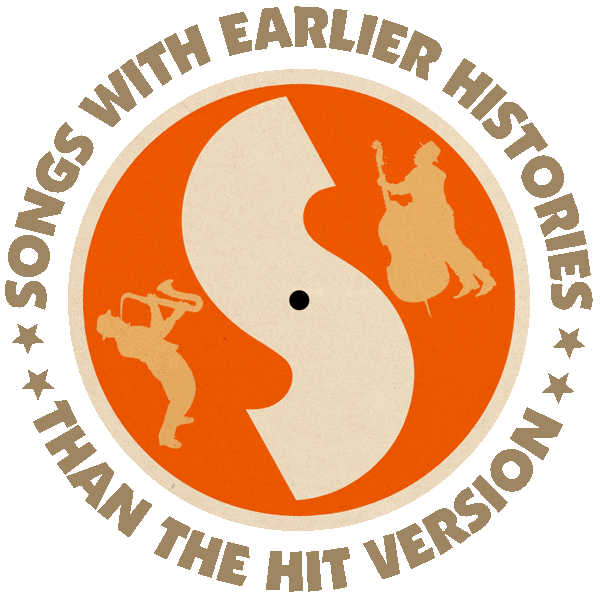First recorded by Louis Jordan & His Tympany Five (R&B #1 1945).
Other hit versions by Erskine Hawkins (US #12/R&B #2 1945), Woody Herman & His Orchestra (US #2 1945), James Brown (US #95 1964).
Also recorded by Champion Jack Dupree (1967), B.B. King (1971).
From the wiki: “‘Caldonia’ is a jump-blues song, written by Louis Jordan (but crediting his then-wife, Fleecie Moore, for tax-evading purposes) and first recorded in 1945 by Louis Jordan & His Tympany Five. The lyrics may have been inspired by a real character: a tall Crescent City drag queen wearing oversized shoes.
“A cover version by Erskine Hawkins (‘Tuxedo Junction‘), also released in 1945, was described by Billboard magazine as ‘rock and roll’, the first time that phrase was used in print to describe any style of music. Woody Herman and his orchestra also covered ‘Caldonia’ in 1945, arranged by the young Neal Hefti, with Herman singing the lead vocal.

